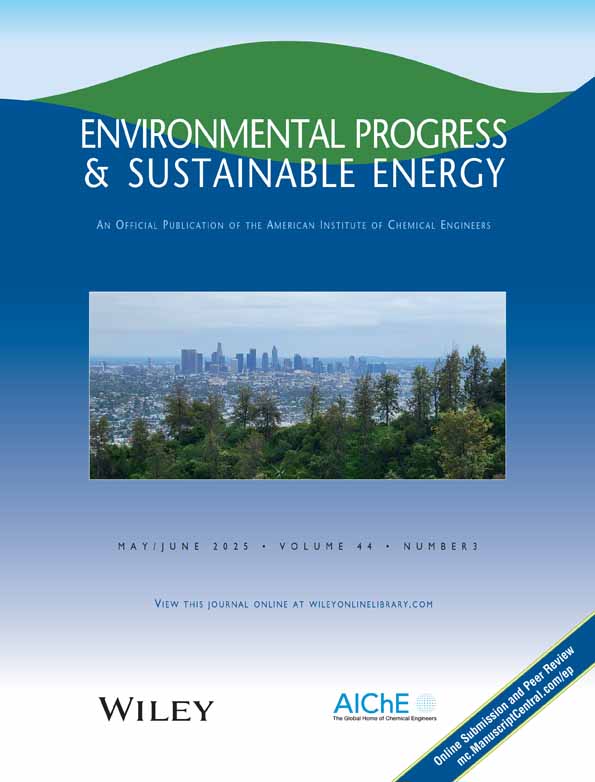An economic evaluation of catalytic supercritical water oxidation: Comparison with alternative waste treatment technologies
Abstract
Supercritical water oxidation (SCWO) is a relatively new technology that has been developed to treat aqueous waste streams. The addition of a heterogeneous catalyst can increase the overall efficiency of supercritical water oxidation. In particular, addition of Pt/γ-Al2O3 catalyst increased the reaction rates compared to the homogeneous case. Complete conversion of pyridine was obtained at temperatures as low as 370°C. A power law rate expression was used to describe the effect of pyridine and oxygen concentration and temperature on the rate of pyridine oxidation. In both homogeneous and heterogeneous case, the main products from this reaction were carbon dioxide, nitrous oxide, and nitrate ions. The reaction did not yield ammonia, nitric oxide or nitrogen dioxide. The economics of a waste treatment process based on SCWO were calculated based on these rate expressions, and used to compare CSCWO to other waste treatment technologies. These calculations reveal that CSCWO can be a cost effective treatment technology for the conversion of aqueous organic wastes.




